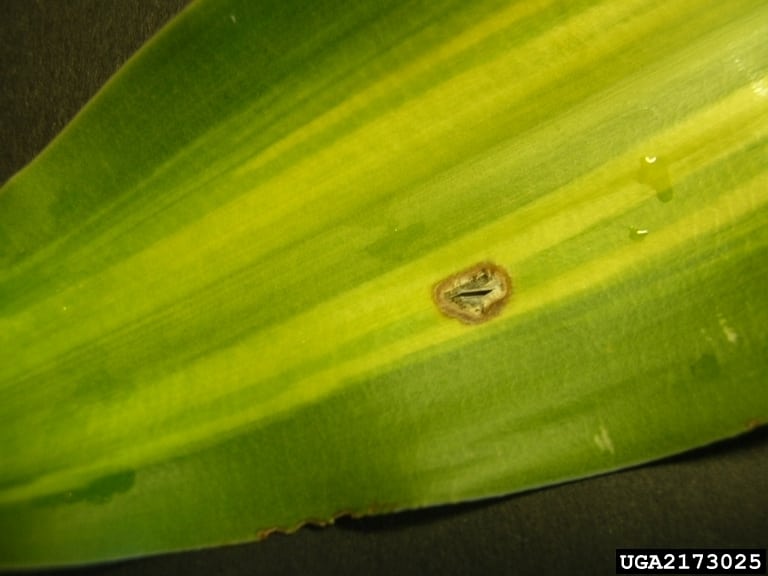Treating Sick Dracaenas – How To Manage Diseases Of Dracaena Plants


Dracaena varieties are among the most favorite and beloved of houseplants. They are easy to care for, can be ignored for a while and bounce back, are proven to clean and filter the air, and produce beautiful foliage. So when your best dracaena starts to flounder, you want to know what’s wrong and what you can do about it.
What’s Wrong with My Dracaena?
While a dracaena houseplant is generally easy to grow and difficult to kill, there are some dracaena diseases and issues that you should be aware of and watch for. Characteristic symptoms can tell you what is wrong with your potted houseplant:
- Tan or brown coloring on the white areas of leaves and dead or yellow leaf tips may indicate fluoride toxicity or alkaline soil.
- Soft, brown spots on roots that smell rank may indicate soft rot disease.
- Reddish or light brown spots surrounded by a yellow halo may mean your dracaena has leaf spot disease.
- Yellow or dead bands across leaves can indicate your plant got too cold.
- Visible pests, damaged leaves, or stunted growth may indicate an infestation of thrips, shore flies, scales, mealybugs, or fungus gnats.
Managing Dracaena Disease Problems
Once you have identified the disease or diseases of dracaena affecting your plants, you can take steps to manage them. Treating sick dracaenas is not always possible, depending on the problem and its extent. For fluoride toxicity or alkalinity, check your water and soil and make adjustments as needed to help the plant recover from the damage. For fusarium leaf spot, use a fungicide to treat it. Institute better watering practices to limit the infection, avoiding overhead watering and making sure your plants aren’t crowded. Cold damage can potentially be trimmed off and the plant may recover depending on the extent of the damage. Going forward, keep your plant indoors or cover it outside when there is a danger of low temperatures. If you see pests on your plants, consult with your local nursery to find an appropriate pesticide. To prevent or reduce pest infestations, reduce watering and avoid standing water in the soil. Reducing standing water and having good drainage is also important for preventing soft rot disease, as is buying only plants that are certified to be disease-free. Unfortunately, there is no good treatment for this disease, and if you find it in your plant you may need to destroy it. Managing dracaena diseases and other issues is best done through prevention. There are some steps you can take to manage and treat diseases, but by providing your plants with the best growing conditions many of them will never trouble you.
Gardening tips, videos, info and more delivered right to your inbox!
Sign up for the Gardening Know How newsletter today and receive a free copy of our e-book "How to Grow Delicious Tomatoes".

Mary Ellen Ellis has been gardening for over 20 years. With degrees in Chemistry and Biology, Mary Ellen's specialties are flowers, native plants, and herbs.
-
 Try The Trend – Turn Any Bed Into A Keyhole Garden With This Clever In-Ground Composter
Try The Trend – Turn Any Bed Into A Keyhole Garden With This Clever In-Ground ComposterKeyhole gardening is an efficient and sustainable practice that saves space. Get started on this DIY project quickly and easily with an in-ground composter.
By Bonnie L. Grant
-
 4 Superfast Composting Methods: Turn Waste Into Garden Gold In 30 Days Or Less
4 Superfast Composting Methods: Turn Waste Into Garden Gold In 30 Days Or LessTry the fastest composting methods to turbocharge your pile and transform kitchen scraps and garden waste into finished compost in just a few weeks.
By Mary Ellen Ellis